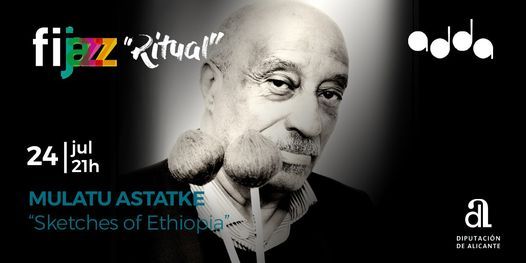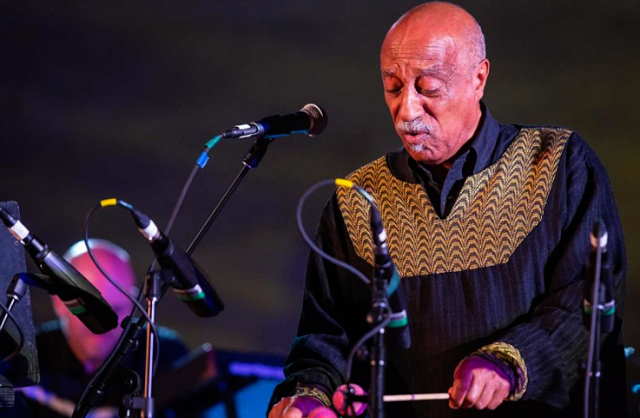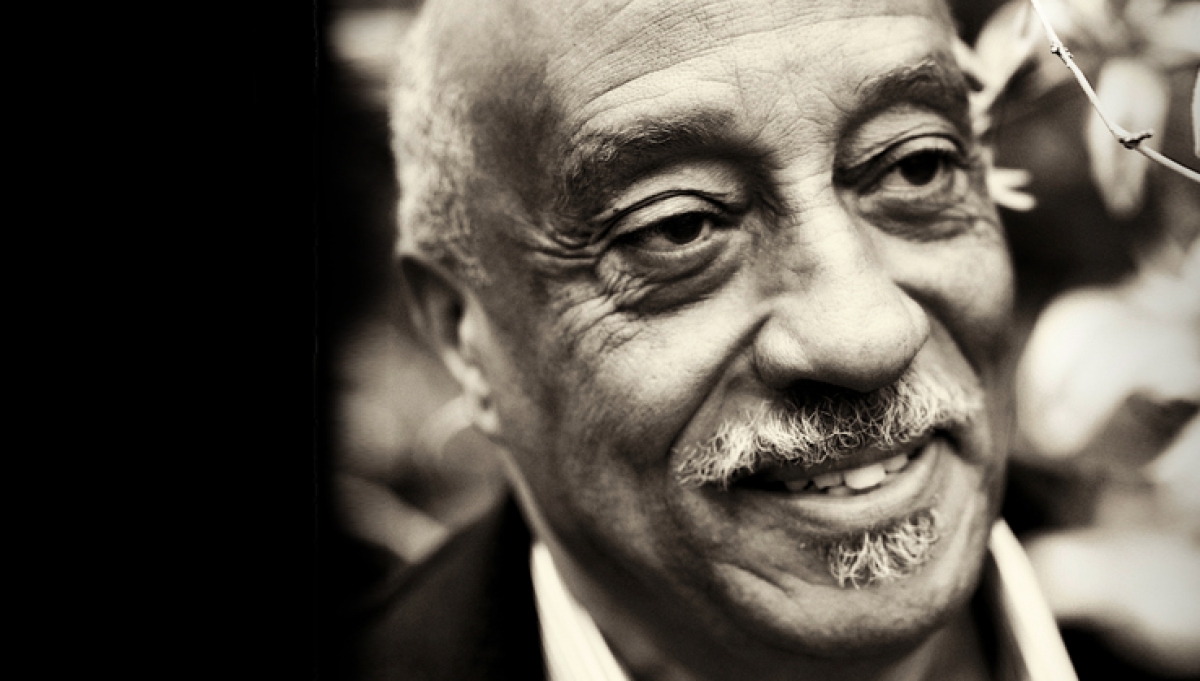
Following her debut Fatou (World Circuit, 2011), which featured Tony Allen, Toumani Diabate and Led Zeppelin's John Paul Jones Diawara's star is the ascendancya new Oumou Sangaré in the making. Diawara's performance, nevertheless, is compelling.

These tracks and Malian singer Fatoumata Diawara's turn on the rhythmically layered "Surma" lean more towards traditional African music than jazz. Tesfaye stars on the danceable "Gamo," buoyed by female backing vocals and piquant brass, and again on the driving "Gambella" his distinctive vocals lead the ensemble. Drummer Tom Skinner and percussionist Francois Verly ply irresistible beats on a track clamoring for a Giles Peterson club remix. Two traditional Ethiopian tunes are given the Ethiojazz treatment: "Hager Fiker" features snaking vibraphone and flute solos but it's the call and response between piano and trumpet/masinko and the utterly infectious percussive groove that stick in the memory likewise, "Gumuz," featuring the uplifting vocals of Tesfaye and Jean-Baptiste Saint-Martin's sunny jazz-funk guitar, works its way under the skinand into the feetfrom the get go. That said, this is Ethiojazz and the African influences are prominent. Astatke's band played with Ellington's orchestra in Addis Ababa in 1973 during a State Department-sponsored tour and Ellington is clearly a touchstone for the Ethiopian. It's a dramatic ensemble piece evocative of Duke Ellington at his most vibrant. Pianist Alexander Hawkins and James Arben's oboe forge stabbing unison motifs as Messale Asmamow's trilling krarr (six-string lyre) and Indris Hassun's massinko (one-string fiddle) respond with striking counter accents. "Azmari" fairly storms forth, with Richard Olatunde Baker's intoxicating percussive stew a potent engine.
Mulatu astatke sketches of ethiopia full#
Coming full circle, it's Astatke's arrangement of the E/O leader's tune "Azmari' that gets this set off to a flyer. Gershon has been a strong advocate of Ethiopian music ever since. An invitation to Ethiopia followed where a concert with Ethiopian musiciansincluding Astatkewas documented in Ethiopiques 20: Live in Addis (Buda Musique, 2005). On hearing French compilation Ethiopian Groove: The Golden Seventies (Blue Silver, 1994) Boston saxophonist Russ Gershon was inspired to record a loose suite of several Ethiopian tunes with his Either/Orchestra on More Beautiful Than Death (Accurate, 2000). Afro-Latin, jazz and funk vibes meet traditional Ethiopian roots music, with Astatke leading a stellar band of musicians from Ethiopia, London and Paris.Īstatke's influence stretches beyond Africa. Whilst in America in the 1960s and early 1970s Astatke absorbed diverse influences and a dense rhythmic mosaic is a key component of this pulsating recording. Prior to that he had studied music in Wales and London.


Vibraphonist/composer Mulatu Astatke is the creator of Ethio-jazz and reputedly the first African musician to study at Berklee.


 0 kommentar(er)
0 kommentar(er)
